Introduction
In the hustle and bustle of modern life, finding time to nurture our bodies can often seem like a luxury we can’t afford. However, incorporating nourishing foods into our daily routines doesn’t have to be complicated or time-consuming. One simple yet profoundly beneficial way to do this is by making and enjoying homemade nourishing porridge. This article will serve as a comprehensive guide, walking you through the basics of creating delicious and nutritious porridge that can cater to various dietary needs and preferences. From selecting the right ingredients to mastering cooking techniques, we’ll cover everything you need to know to make your own healing and satisfying bowls of porridge.
Understanding the Benefits of Nourishing Porridge
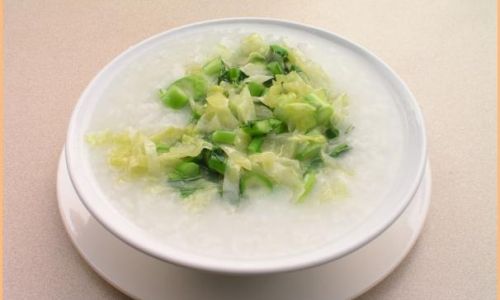
Before diving into recipes, let’s explore why nourishing porridge should be a staple in your diet. Porridge, often referred to as congee or rice porridge in some cultures, is a thick, creamy soup made from boiling grains like rice, oats, or barley in a large amount of water or broth until they break down and form a smooth consistency. This simple dish is packed with numerous health benefits:
-
Digestive Health: The soft, cooked grains in porridge are easy on the digestive system, making it an excellent choice for those with upset stomachs, digestive disorders, or recovering from illnesses.
-
Nutrient-Dense: Depending on the ingredients used, porridge can be a rich source of vitamins, minerals, fiber, and antioxidants. For instance, adding vegetables, fruits, nuts, and seeds boosts its nutritional profile.
-
Hydration: Being a liquid-based meal, porridge helps keep you hydrated, which is crucial for overall health and well-being.
-
Weight Management: Porridge can be a part of a balanced weight-loss diet due to its low-calorie, high-fiber content that helps you feel full longer.
-
Customizable: The beauty of porridge lies in its versatility. You can tailor it to your taste preferences and dietary requirements, making it suitable for everyone from vegans to those following gluten-free diets.
Choosing the Right Base Grain
The foundation of any good porridge is the grain you choose. Here are some popular options and their unique benefits:
-
Rice: A classic choice, especially in Asian cuisines. White rice is quick-cooking but lacks fiber; brown rice is a healthier alternative with more nutrients and fiber but takes longer to cook.
-
Oats: A great source of soluble fiber, which helps lower cholesterol and stabilize blood sugar levels. Quick oats cook faster than rolled oats but may not be as nutritious.
-
Barley: High in fiber and essential minerals like selenium and magnesium. Pearl barley cooks quickly, while hulled or pot barley takes longer but offers more nutrients.
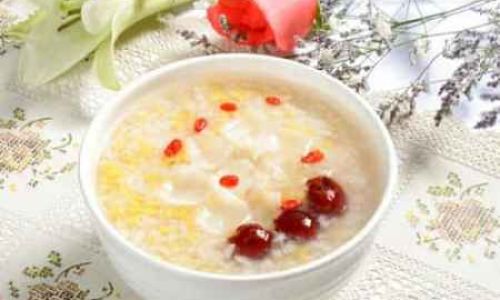
-
Quinoa: A complete protein source, gluten-free, and packed with amino acids, vitamins, and minerals. It has a nutty flavor and slightly crunchy texture when cooked.
-
Millet: A gluten-free grain that’s easy to digest and rich in B vitamins and minerals. Its mild flavor makes it versatile in various porridge recipes.
Basic Steps to Making Nourishing Porridge
Now that you’ve chosen your base grain, let’s walk through the basic steps to making a perfect batch of porridge:
-
Preparation: Rinse your grains thoroughly under cold running water to remove any dirt or impurities. For grains like oats, a quick rinse is usually sufficient. For harder grains like brown rice or barley, soaking them overnight can缩短 cooking time and enhance digestibility.
-
Ratio: The general ratio for making porridge is 1 part grain to 4-6 parts liquid (water or broth). Adjust this ratio based on your preferred consistency. For thicker porridge, use less liquid; for thinner, use more.
-
Cooking: Bring the liquid to a boil in a heavy-bottomed pot or saucepan. Add the grains, stir, and reduce the heat to low or simmer. Cover the pot with a lid, leaving a small gap for steam to escape, to prevent overflow. Cook, stirring occasionally, until the grains are tender and the mixture has thickened to your liking. Cooking times vary depending on the grain; for instance, rice can take around 45 minutes to an hour, while oats may only need 10-15 minutes.
-
Seasoning and Flavoring: Once the porridge is cooked, season it to taste with salt, pepper, or other spices. This is also the time to add any additional ingredients like herbs, vegetables, proteins, or toppings to enhance its flavor and nutritional value.
Adding Ingredients for Enhanced Nutrition
The true magic of porridge lies in its customizability. Here are some ideas for ingredients that can elevate your porridge from basic to nourishing:
-
Vegetables: Add diced carrots, celery, spinach, kale, or bell peppers for vitamins, minerals, and antioxidants. Steaming or sautéing vegetables before adding them to the porridge can enhance their flavor.

-
Fruits: Incorporate fresh or dried fruits like apples, berries, bananas, or dates for natural sweetness and additional vitamins. Be mindful of the sugar content in dried fruits.
-
Proteins: For a more filling meal, add lean proteins like chicken, shrimp, tofu, tempeh, or legumes. These can be cooked separately and stirred into the porridge or cooked directly in the pot.
-
Healthy Fats: Drizzle with a little olive oil, coconut oil, or nut butter for healthy fats. You can also sprinkle with chia seeds, flaxseeds, or hemp seeds for omega-3 fatty acids.
-
Herbs and Spices: Use herbs like cilantro, parsley, or dill, and spices like turmeric, cinnamon, or ginger for added flavor and health benefits. These can help boost your immune system, aid digestion, and provide anti-inflammatory properties.
-
Dairy or Dairy-Free Alternatives: For a creamy texture, add milk, yogurt, or kefir. For a vegan option, use almond milk, soy milk, oat milk, or coconut milk.
-
Grains and Pseudocereals: Mix in other grains like buckwheat, amaranth, or quinoa, or pseudocereals like chia or flaxseeds, to increase the variety of nutrients and textures.
Toppings and Garnishes
Don’t overlook the power of toppings and garnishes to elevate your porridge experience. Here are some ideas to inspire you:
-
Nuts and Seeds: Chopped nuts like almonds, walnuts, or pecans, and seeds like sunflower seeds or pumpkin seeds add crunch and healthy fats.
-
Fresh Herbs: A sprinkle of fresh herbs like mint, basil, or cilantro can brighten up the flavor.
-
Avocado: Sliced or mashed avocado adds creaminess and healthy fats.

-
Eggs: A poached, fried, or scrambled egg can be a delicious and protein-rich topping.
-
Fermented Foods: Add a spoonful of kimchi, sauerkraut, or natto for probiotics that support gut health.
-
Sweeteners: If you prefer a sweeter porridge, use natural sweeteners like honey, maple syrup, agave nectar, or a sprinkle of cinnamon and nutmeg.
Storage and Reheating Tips
Making a large batch of porridge can be a great way to meal prep for the week. Here’s how to store and reheat it properly:
-
Storage: Let the porridge cool completely before transferring it to airtight containers. Store it in the refrigerator for up to 5 days or in the freezer for up to 3 months.
-
Reheating: To reheat, place the desired portion in a microwave-safe bowl and heat until warm, stirring occasionally. Alternatively, you can reheat it on the stovetop over low heat, stirring frequently to prevent sticking.
Conclusion
Nourishing porridge is a versatile, easy-to-make dish that can be tailored to suit any dietary need or preference. By understanding the basics of grain selection, cooking techniques, and ingredient incorporation, you can create a wide variety of delicious and nutritious porridge recipes. Whether you’re looking to improve your digestion, boost your immune system, or simply enjoy a comforting meal, porridge is a perfect choice. So, next time you’re in need of a healing and satisfying dish, reach for the pot and start crafting your own nourishing porridge. Happy cooking!
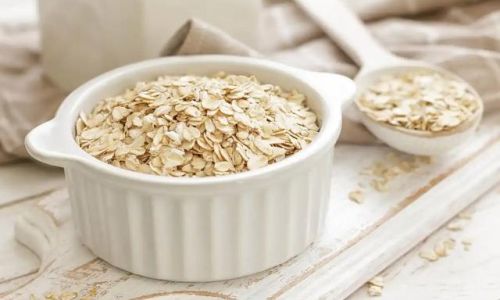
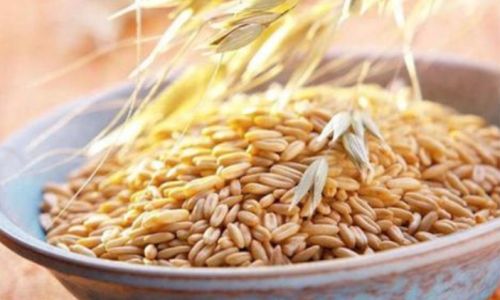
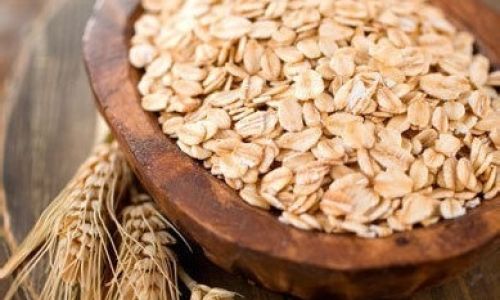
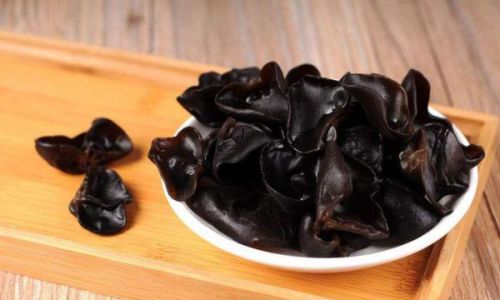
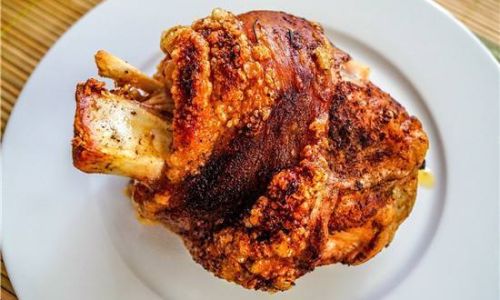
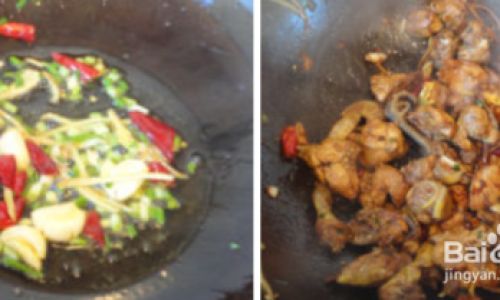
0 comments